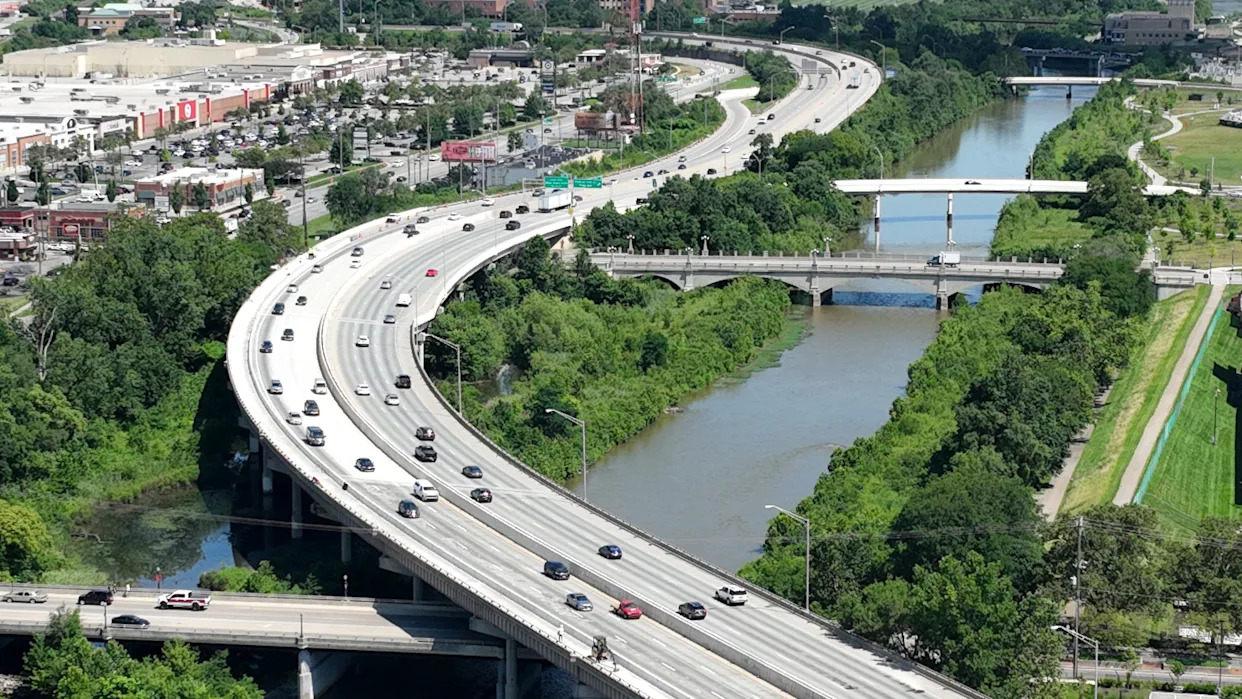
It won't take you long to find someone misusing their hazard lights in Columbus. You'll likely see them parked in the middle of the road, stopped in traffic to pick up someone waiting on the sidewalk, parked in bike lanes and screaming down I-71 during a thunderstorm.
And all the while, their car's hazard lights will be on as if it makes drivers immune to the rules of the road.
Unfortunately for hazard light scofflaws, Ohio does define the proper way to use them.
When is it legal to use your hazard lights in Ohio?
According to Ohio law, drivers are only supposed to use flashing lights for turn signals and "in the presence of a vehicular traffic hazard requiring unusual care in approaching, or overtaking or passing."
This restriction does not prohibit drivers from using hazards when their vehicle is disabled or to enhance visibility when a vehicle is being operated in "unfavorable atmospheric conditions." That means during storms—both thunder and snow—with low visibility, drivers can use their hazards to let other drivers know they're on the road.
Restrictions also don't apply to funeral processions, emergency vehicles and other public service vehicles.
The Ohio Bureau of Motor Vehicles, in its 2025 driver manual, recommended using hazard lights to increase the visibility of a vehicle stopped on or near a roadway.
You may have noticed that Ohio law does not say that hazard lights can be used as "park anywhere" lights. It's illegal to park or stand a vehicle somewhere with "no parking" or "no stopping" signs, even if your hazard lights are on (all you double parkers are on notice).
In fact, Ohio law has over a dozen provisions outlining where parking is illegal. Here's where you can't stand or park your car.
On a sidewalk
In front of a public or private driveway
Within an intersection
Within ten feet of a fire hydrant
On a crosswalk
Within twenty feet of a crosswalk at an intersection
Within thirty feet of, and upon the approach to, any yield sign, stop sign, or highway traffic signal
Between a safety zone and the adjacent curb or within thirty feet of points on the curb immediately opposite the ends of a safety zone, unless a different length is indicated by a traffic control device
Within fifty feet of the nearest rail of a railroad crossing
Within twenty feet of a driveway entrance to any fire station and, on the side of the street opposite the entrance to any fire station, within seventy-five feet of the entrance when it is properly posted with signs
Alongside or opposite any street excavation or obstruction when such standing or parking would obstruct traffic
Alongside any vehicle stopped or parked at the edge or curb of a street
Upon any bridge or elevated structure upon a highway, or within a highway tunnel
At any place where signs prohibit stopping
Within one foot of another parked vehicle
On the roadway portion of a freeway, expressway, or thruway
On a bicycle lane
In an accessible parking spot without displaying an accessible license plate or rearview mirror placard
In an access aisle next to an accessible parking spot
Violating Ohio's parking laws is a minor misdemeanor, punishable with a fine of up to $150, court costs, or up to 30 hours of community service. Ohioans with another motor vehicle or traffic offense within the past year will be charged with a fourth-degree misdemeanor, and those with two offenses in the past year will be charged with a third-degree misdemeanor.
Breaking and trending news reporter Nathan Hart can be reached at [email protected] and at @NathanRHart on X and at nathanhart.dispatch.com on Bluesky.
This article originally appeared on The Columbus Dispatch: When should you use your hazard lights while driving in Ohio?



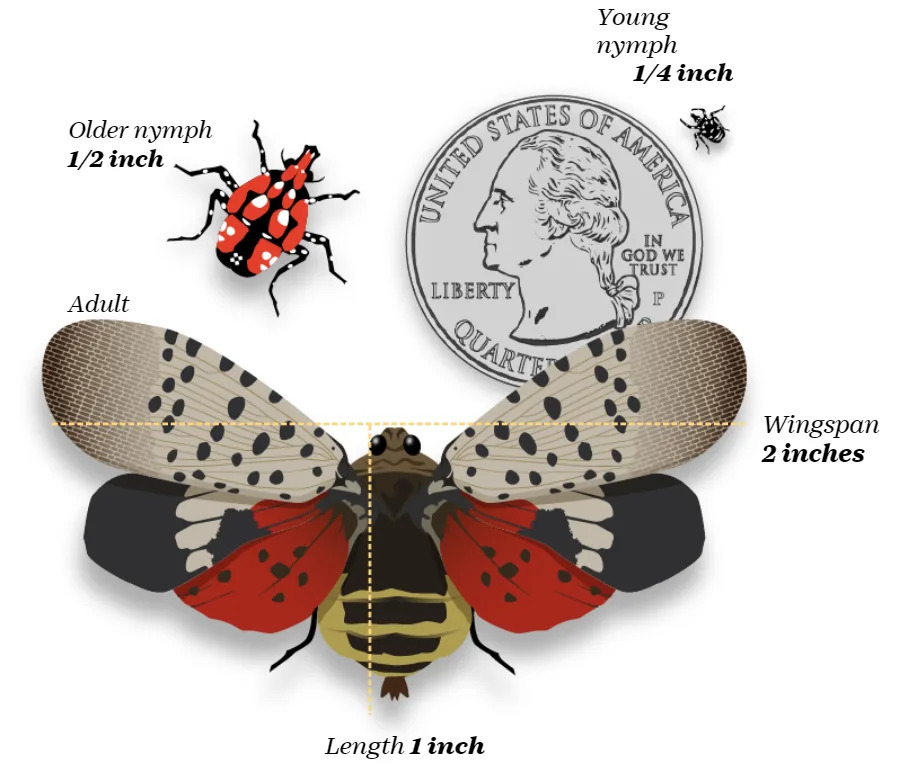
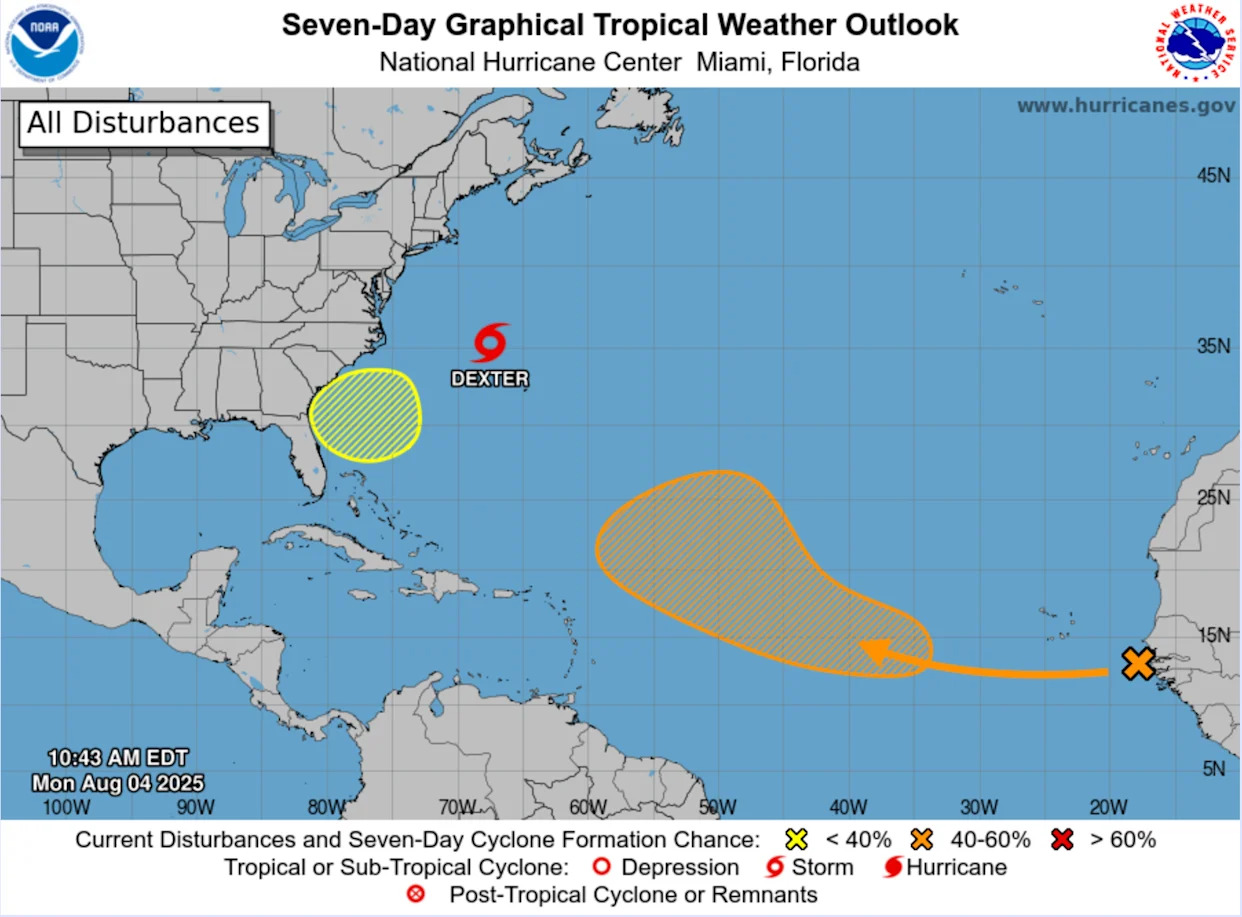

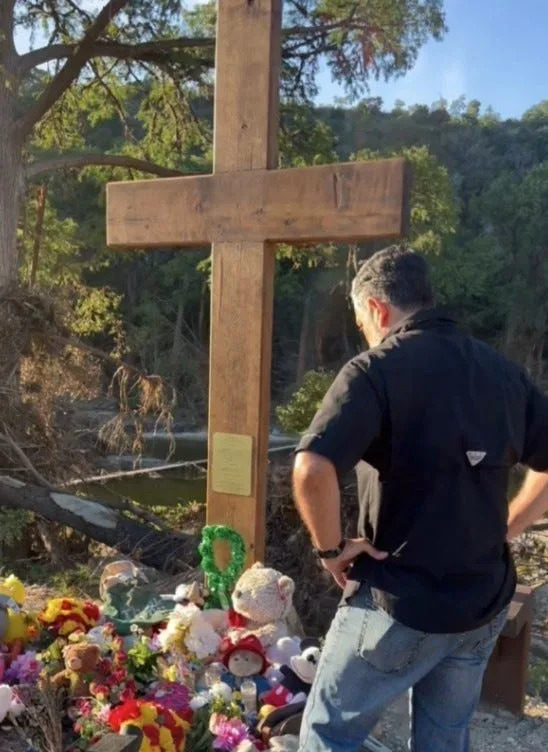
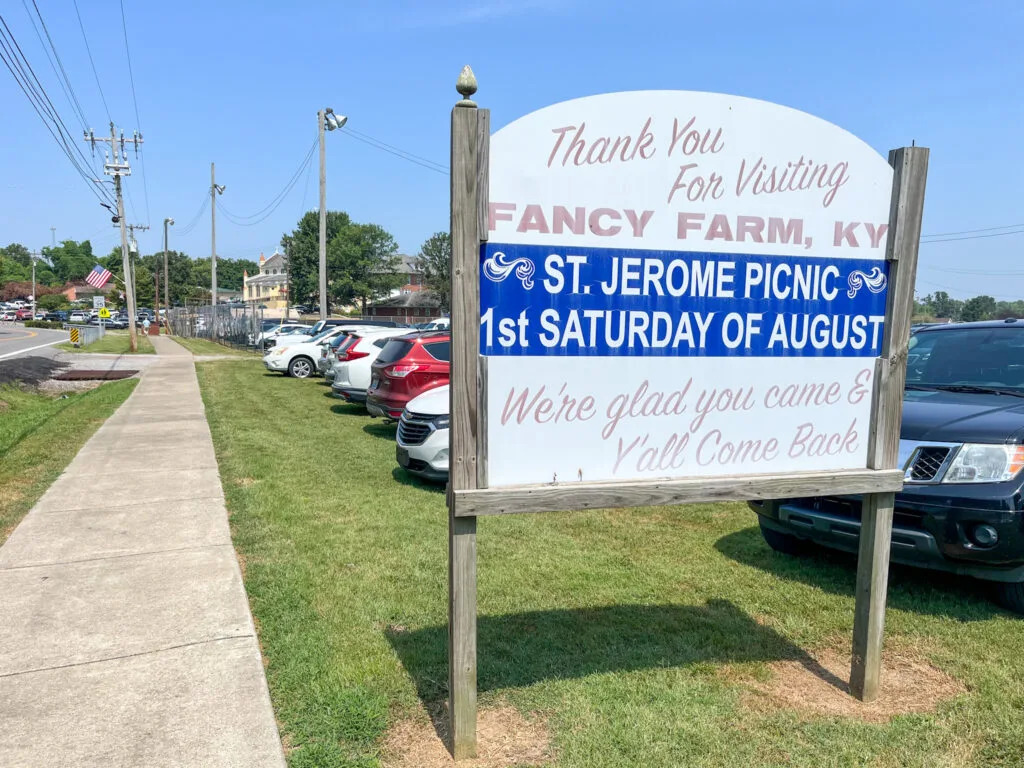
Comments